
Conversion to batteries creates world’s largest emissions-free ferries
Written by Nick Blenkey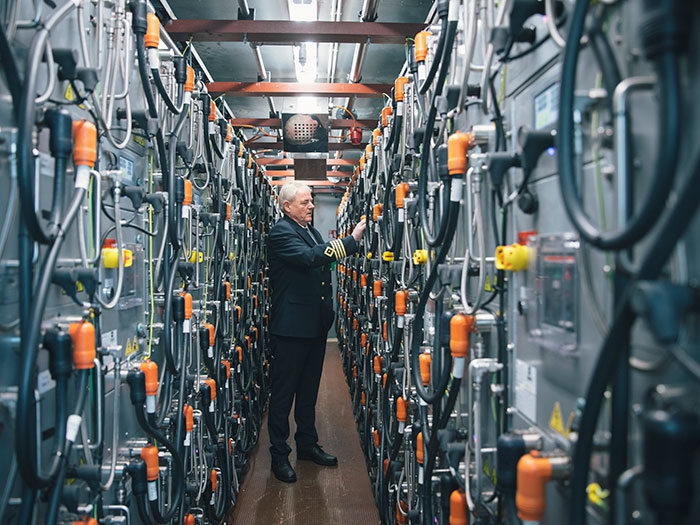
Batteries aboard Tycho Brahe
NOVEMBER 14, 2018 — Following conversion from conventional diesel engine operations to battery power at Sweden’s Öresund Dry Docks, the M/F Tycho Brahe and M/F Aurora are now in service as the world’s largest emissions-free ferries.
The two vessels operate on the 4 km ferry route between Helsingborg, Denmark, and Helsingör, Sweden, for ForSea (formerly HH Ferries Group) and were officially welcomed back into service after guests boarded Tycho Brahe in Helsingborg and Helsingør, n November 9 for a special inauguration ceremony marking completion of an all-electric conversion.
The conversion of these over 100-meter ferries, both built in 1991, required installation of a 4,160 kWh battery on each vessel, as well as battery racks, energy storage control systems and ABB’s award-winning Onboard DC Grid power distribution technology.
Additionally, ABB supplied automated shore-side charging stations using an industrial robot to optimize the connection time and maximize the charging period, leveraging 3D laser scanning and wireless communication between ship and shore.
“This is a landmark project, and we are convinced it will come to be seen as a critical step in shipping’s environmental revolution, as well as a milestone in rolling out ABB’s ‘Electric, Digital, Connected’ strategy for shipping,” said Marcus Högblom, ABB Marine & Ports.
The battery project on Tycho Brahe and Aurora has taken more than three years to complete, and with a price tag of around SEK 300 million (about $30 million), it is ForSea’s largest single investment ever. INEA, the European Union’s executive agency for innovation and network, has supported the project to the tune of some SEK 120 million.
In each port, automatic land-based charging stations equipped with industrial robots perform the connection and maximizes the charging period to enable efficient charging of each vessel’s 640 batteries within a few minutes. The combined battery power of 8,320 kWh for the two ferries is equivalent to 10,700 car batteries. The batteries are located on top of the ferries along with two deckhouses for transformers, converters and cooling systems. From here, cables run to docking points at each end of the vessel, ensuring that the batteries can be charged swiftly and without complications at each docking – with the power of 70 electric cars.
“We are delighted that the entire system is in place to support the emissions-free operations we envisaged from the outset,” said Johan Röstin, CEO, ForSea. “This is a truly groundbreaking project and the work we have done with ABB will offer invaluable lessons for those following our lead. In shipping, innovation takes time and patience, and we always kept sight of the environmental benefits at stake.”
“This project signals a profound shift for the maritime industry, and shows a path towards zero-emission operations, aligned with International Maritime Organization’s goals for decarbonization,” said Marcus Högblom, Head of Passenger, Dry Cargo and Ice Segment, ABB Marine & Ports. “We congratulate ForSea on the inauguration of these vessels, and we are proud to have worked closely with them to deliver this pioneering solution.”

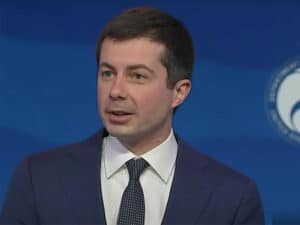
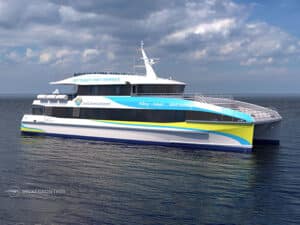
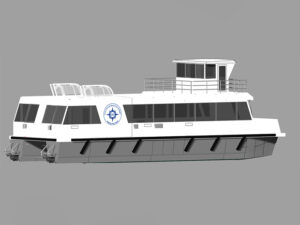
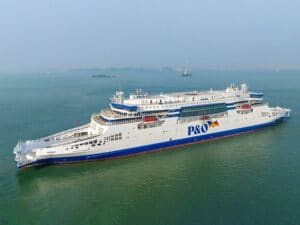
Leave a Reply
You must be logged in to post a comment.